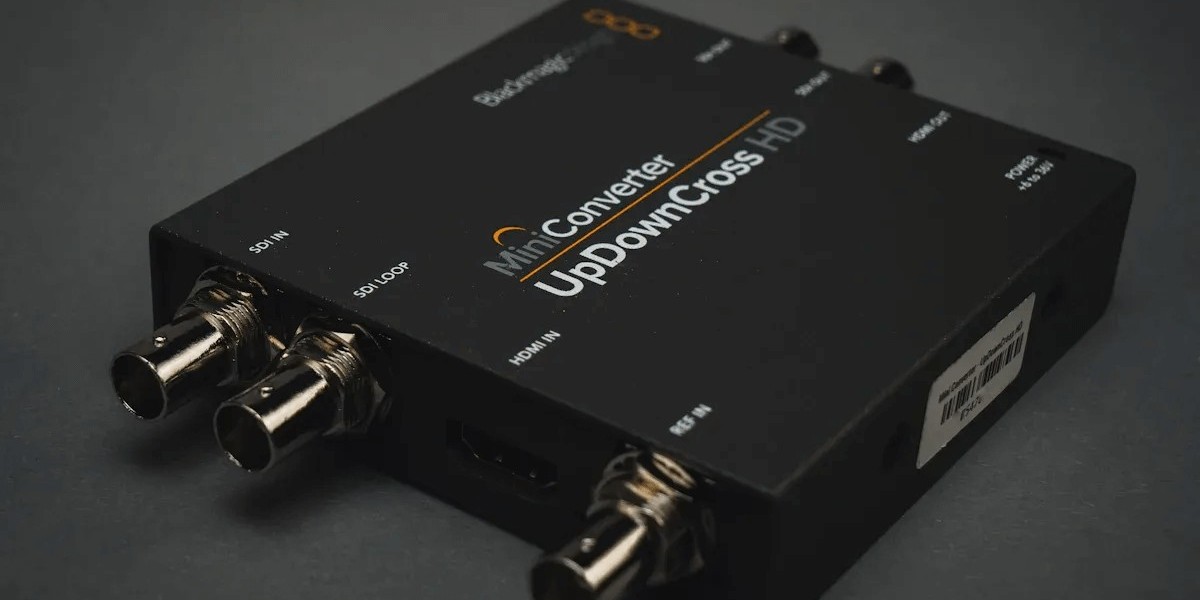In the world of electronics, every component tells a story. Resistors limit current, capacitors store energy, and inductors — well, they resist changes in current. The concept of inductance sits at the very core of how inductors work. Whether you’re designing transformers, tuning circuits, or trying to understand why your power supply hums, grasping the inductance formula is essential.
This article explores what inductance is, how the inductance formula works, and why it’s so vital in both simple and advanced electrical applications.
What Is Inductance?
Inductance is the property of an electrical conductor by which a change in current induces an electromotive force (EMF) — either in the same conductor (self-inductance) or in a nearby one (mutual inductance). Simply put, it’s the inductor’s natural tendency to oppose any change in current flow.
This property arises due to Faraday’s Law of Electromagnetic Induction, which states that a changing magnetic field within a coil induces a voltage. The faster the current changes, the greater the voltage produced in opposition to that change.
The Basic Inductance Formula
The inductance formula for a solenoid (a coil of wire) is given as:
L=μN2AlL = \frac{{\mu N^2 A}}{l}L=lμN2A
Where:
- L = Inductance (in henrys, H)
- μ = Permeability of the core material (in henrys per meter, H/m)
- N = Number of turns of the coil
- A = Cross-sectional area of the coil (in square meters, m²)
- l = Length of the coil (in meters, m)
This formula tells us how design factors affect inductance. More turns, a larger core area, or a magnetic material with higher permeability — all increase inductance. Conversely, a longer coil (greater length) reduces it.
Breaking Down the Inductance Formula
Let’s look more closely at how each parameter affects the inductor’s behavior.
1. Permeability (μ)
The permeability represents how easily a material allows magnetic lines of force to pass through it. Materials like iron or ferrite have high permeability, which dramatically increases inductance compared to an air core.
2. Number of Turns (N)
The number of turns of wire has a square relationship with inductance — meaning that doubling the turns quadruples the inductance. This exponential effect makes winding count one of the most critical design choices.
3. Cross-Sectional Area (A)
A larger coil area captures more magnetic flux for a given current, increasing inductance. This is why high-power inductors are often physically large.
4. Length of the Coil (l)
Longer coils spread the magnetic field over a greater distance, reducing flux density and thus inductance. Compact coils, therefore, tend to have higher inductance values.
Alternative Forms of the Inductance Formula
While the solenoid formula is common, inductance can also be expressed in other forms depending on geometry and application.
1. Inductance from Magnetic Flux
L=NΦIL = \frac{N\Phi}{I}L=INΦ
Where:
- Φ = Magnetic flux (in webers)
- I = Current (in amperes)
This version defines inductance as the ratio of magnetic flux linkage to current. It’s particularly useful in theoretical and electromagnetic field analysis.
2. Inductance in a Toroid
For a toroidal coil (a donut-shaped inductor), the formula is slightly different:
L=μN2A2πrL = \frac{{\mu N^2 A}}{2\pi r}L=2πrμN2A
Where r is the mean radius of the toroid. This design confines magnetic fields within the core, improving efficiency and reducing interference.
Understanding Self and Mutual Inductance
Self-Inductance
This occurs when a coil induces a voltage in itself due to a change in its own current. The self-inductance formula is:
e=−LdIdte = -L \frac{dI}{dt}e=−LdtdI
The negative sign indicates the induced voltage opposes the change in current (Lenz’s Law).
Mutual Inductance
Mutual inductance happens when a changing current in one coil induces a voltage in another nearby coil. This principle powers transformers, enabling voltage conversion and isolation between circuits.
The formula for mutual inductance is:
M=kL1L2M = k\sqrt{L_1 L_2}M=kL1L2
Where k is the coupling coefficient (ranging from 0 to 1), and L₁, L₂ are the self-inductances of the two coils.
Units of Inductance
The unit of inductance is the henry (H), named after the American scientist Joseph Henry.
1 henry = 1 weber per ampere (1 H = 1 Wb/A)
In practical applications, smaller units are often used:
- Millihenry (mH) = 10⁻³ H
- Microhenry (µH) = 10⁻⁶ H
For instance, radio frequency circuits often use inductors measured in microhenries, while power electronics use millihenries or even henries.
Real-World Applications of the Inductance Formula
The inductance formula isn’t just theoretical—it’s central to countless real-world applications.
1. Transformers
Mutual inductance between two coils allows efficient energy transfer and voltage transformation in power systems.
2. Filters
Inductors are key in filtering out noise or unwanted frequencies in electronic circuits, particularly in audio and communication systems.
3. Energy Storage
In DC-DC converters, inductors temporarily store energy and release it as needed, ensuring stable voltage regulation.
4. Sensors
Inductive sensors rely on changes in inductance to detect metal objects or variations in magnetic fields, commonly used in industrial automation.
Calculating Inductance in Practice
While the inductance formula provides a strong foundation, in real-world designs, engineers often rely on empirical data and simulation tools. Factors such as wire resistance, frequency, and core losses influence actual performance. Modern tools like finite element analysis (FEA) can simulate these effects precisely.
Still, the formula remains the first step — a conceptual and mathematical guide to understanding and designing electromagnetic components.
Challenges and Design Considerations
Designing inductors is a balancing act. Increasing inductance can lead to higher resistance, larger size, and core saturation. Choosing the right core material, geometry, and winding technique requires careful trade-offs between performance, cost, and efficiency.
Engineers must also consider skin effect (current crowding at high frequencies) and eddy current losses, both of which can reduce effective inductance and increase heat generation.
A Thought-Provoking Conclusion: The Future of Inductive Design
The inductance formula remains timeless — a bridge connecting classic electromagnetic theory with modern innovation. As industries evolve toward wireless charging, electric vehicles, and high-frequency power conversion, the role of inductance is only growing.
Future breakthroughs in nanomaterials and smart magnetic composites may reshape how we think about inductors entirely — making them smaller, more efficient, and more adaptive than ever before.
Understanding the inductance formula isn’t just about solving for L; it’s about unlocking the potential of electromagnetic design that powers the world around us.

![Honkai: Star Rail Codes – Dezember 2024 [Belohnungen]](https://biiut.com/upload/photos/2025/09/AciZXu7W4deNtqB3fkou_30_d8ae88480bdef38b8962e91419b13462_image.png)

